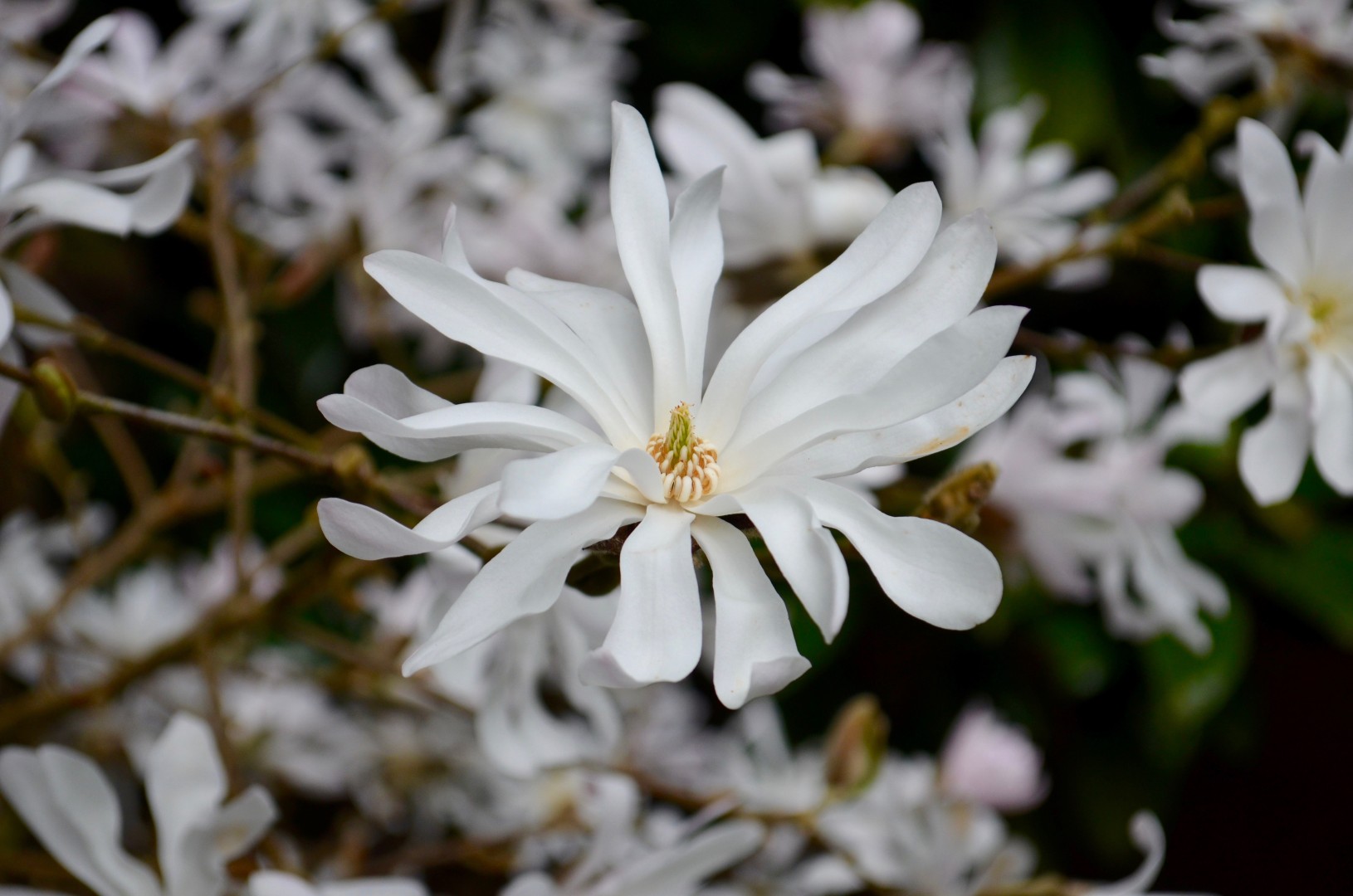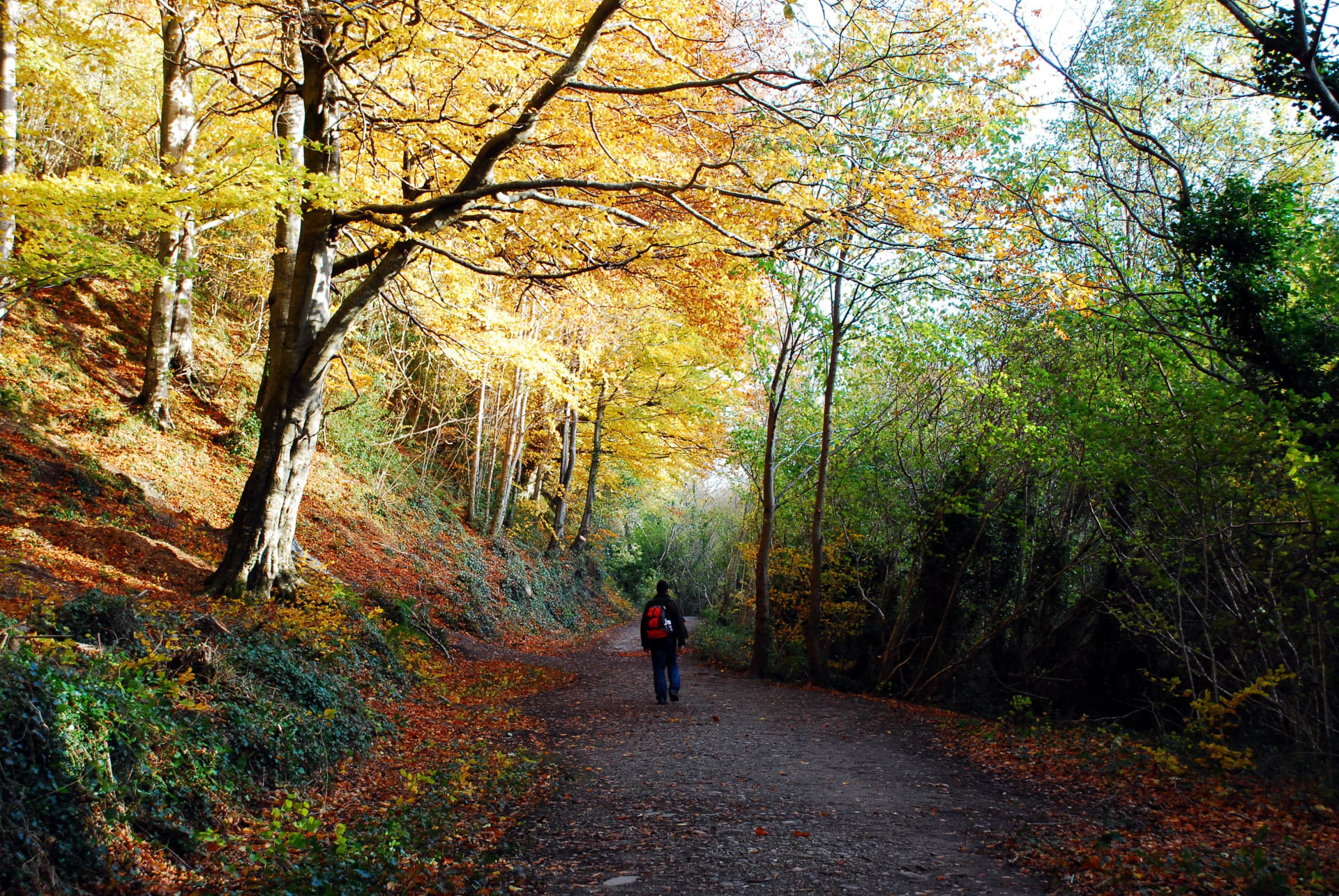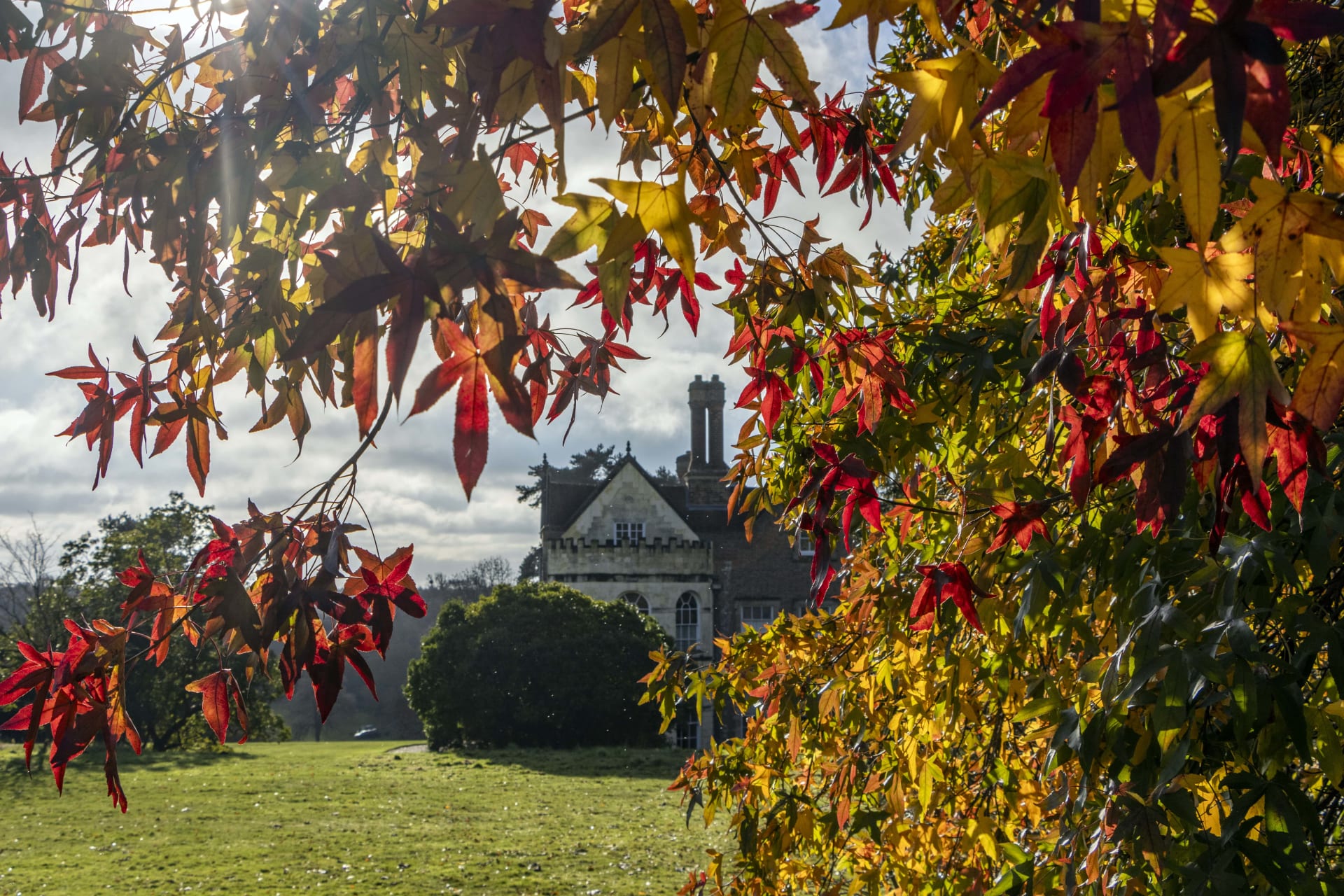As we head into the spring months, show-stopping magnolias with their tulip or star-like flowers take centre stage in many gardens and arboretums. For a few short weeks we are delighted by their magnificence as these beautiful shrubs and ornamental trees come into their own, with often fragrant flowers ranging in colour from pure white to pink and deep magenta.
The Magnolia genus, named after the French botanist Pierre Magnol, includes over 200 species of trees and shrubs originating from temperate, subtropical and tropical regions of Asia and the Americas. Many of today’s magnolias have a long history of some 20 million years with modern-day magnolias evolving from the Magnoliaceae family flowering 95 million years ago.
Where in the country you are will determine which varieties will grow in the prevailing weather and frost conditions. In the warmer south west of England, early flowering varieties such as M campbellii will bloom on mature trees in February or March, producing large cup waterlily shape blooms up to 30cm across. However, in Oxfordshire, you are more likely to encounter the later flowering varieties and even those can sometimes be damaged by late spring frosts.

M x soulangeana, also called a Chinese magnolia, is a familiar sight in many gardens in our part of the world. This deciduous tree can grow up to 6m tall, producing large white, pink or purple goblet shaped flowers up to 25cm across in mid to late spring. It was Étienne Soulange-Bodin (a decorated French soldier who established a botanical garden and arboretum on the outskirts of Paris) who in 1820 was able to cross the purple lily-flowered mulan (M liliiflora) and the graceful white-flowered yulan (M denudata). The resulting tree arrived in the UK in 1827 where it has become an all-time favourite. Ultimately over a period of twenty years, this tree can reach a height and spread of 8m, so perhaps not one for a small garden.
Where space is restricted, M stellata (star magnolia) are worth considering (picture above (c) Oxford Botanic Garden). Over a period of 20 years they will ultimately reach a height and spread of just 2m and can also be grown in large pots. M stellata is a smaller, slow-growing medium sized deciduous shrub, reaching a height of 2.5m and spread up to 4m. Perfect for many smaller gardens, it produces white flowers, up to 10cm wide with up to 18 narrowly oblong, spreading white tepals, in early spring. Their scented bright white, star-shaped flowers form from silky buds and open in March or April. Alternatively, although growing slightly taller and certainly much wider, M stellata Jane Platt has double, scented, pale-pink flowers whilst M stellata Genie, growing up to 4m high, has deep burgundy fragrant flowers.
Large gardens and arboretums are the perfect setting for the evergreen M grandiflora, which as the name suggests is a magnificent specimen growing to a height in excess of 12m. Unlike most other varieties, this blooms in the UK from late summer to autumn producing creamy white flowers which have a lemon scent.
Other popular varieties to be found in the colder areas of the country include M x loebneri Leonard Messel, which can be seen at the Oxford University Harcourt Arboretum in Nuneham Courtenay. Growing up to 8m height and spread, it is slow growing, producing lilac-pink – paler within – scented blooms up to 10cm wide, with twelve narrow tepals, which open up in mid-spring before the leaves come.
Another stunning choice which requires some space is the M sieboldii. It produces strongly scented, cup-shaped flowers in late spring to midsummer so may not be so severely affected by late frosts. The blooms have 12 white petals with a large central boss of deep red stamens. There is an added bonus of ornamental fruits turning crimson-pink in autumn.
Not all magnolia flowers are shades of white, pink or burgundy. As the name suggests, M Yellow Fever produces highly-scented pale yellow buds fading to ivory white blooms up to 20cm across in late spring.
We are incredibly lucky in Oxfordshire to have a number of places to visit where you can see magnolias in all their glory during the spring months. Not only does the Harcourt Arboretum have a Magnolia Glade, if you are heading towards South Oxfordshire, Kingston Bagpuize House is a place to visit. Here amongst the collection, you will see M Star Wars which was cultivated in New Zealand, named after the shape of the blooms rather than the film. Another unusual specimen to be found here is M denudata (Yulan magnolia). The M denudata was the first magnolia to be introduced to the western world from Asia, when it was brought to England in 1780.
Or, take a drive across the West Oxfordshire border to Batsford Arboretum near Moreton-in-Marsh where there are over seventy different varieties and species for you to enjoy. Here you will see one of the most comprehensive magnolia collections, along with the other spring flowering trees and shrubs. Truly a sight to behold.
How to Grow
Magnolias require a sheltered site away from strong winds. A sunny spot will reward you with a good flower display. Most prefer a slightly acidic soil, but some varieties will grow happily in neutral soils. They require a moisture retentive, well-drained, fertile soil and during the first few years will require annual feeding and mulching in spring or autumn. However, it is important to ensure the mulch does not touch the trunk. Regular watering is vital during their formative years of planting, and they can be slow to yield their magnificent blooms. However, some take up to eight years to establish before they will reward you.
Magnolias require little pruning other than to maintain their shape and remove dead or crossing stems. Deciduous species are best pruned from June to September to avoid the stems bleeding sap. Evergreen varieties should be pruned in summer, or if flower buds are present, prune them immediately after flowering.
For further information about the places mentioned, visit: obga.ox.ac.uk kbhevents.uk and batsarb.co.uk.









